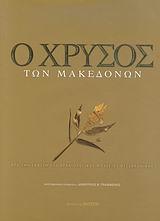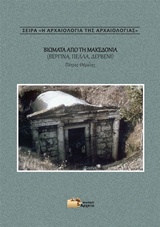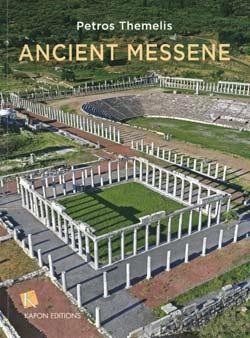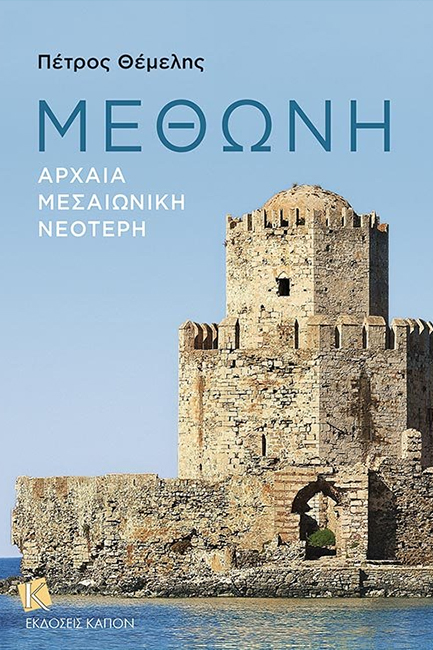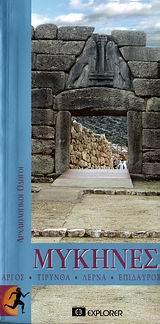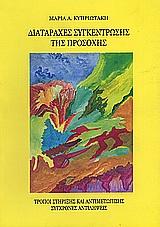METHONE
Εκδότης Καπον , ISBN 9786182180044
The Middle Ages arguably constitute the golden age of the prominent fortress town of Methone. Its medieval magnificence is reflected in the strong fortification walls, built by the Venetians, who expelled the Frankish garrison of Geoffrey of Villehardouin in 1206, and took over the town three years later, following the signing of the Treaty of Sapientza in 1209. When the Venetians conquered Crete, Methone functioned as a bulwark of their colony in their competition with the Genoese. The fortress turned into a station on the way to the coasts of Asia and the Holy Land. Chroniclers of the West describe the Peloponnese as “L' île de Modon” (Island of Methone). The significance of the fortress becomes evident in the note verbale of Doge A. Barbarigo in 1500 (after its capture by the Ottomans) to the Pope, the king of Spain and other princes: “we have lost the marvellous base for all ships sailing towards the East”. In the wake of the Naval Battle of Navarino, the liberating French troops of the commander-in-chief Maison, built a new town outside the walls. What survive today within the fortress are the ruins of Ottoman baths (hammam) and a minaret, underground cisterns, a gunpowder magazine and the church of the Transfiguration of the Saviour.
Περίληψη
The Middle Ages arguably constitute the golden age of the prominent fortress town of Methone. Its medieval magnificence is reflected in the strong fortification walls, built by the Venetians, who expelled the Frankish garrison of Geoffrey of Villehardouin in 1206, and took over the town three years later, following the signing of the Treaty of Sapientza in 1209. When the Venetians conquered Crete, Methone functioned as a bulwark of their colony in their competition with the Genoese. The fortress turned into a station on the way to the coasts of Asia and the Holy Land. Chroniclers of the West describe the Peloponnese as “L' île de Modon” (Island of Methone). The significance of the fortress becomes evident in the note verbale of Doge A. Barbarigo in 1500 (after its capture by the Ottomans) to the Pope, the king of Spain and other princes: “we have lost the marvellous base for all ships sailing towards the East”. In the wake of the Naval Battle of Navarino, the liberating French troops of the commander-in-chief Maison, built a new town outside the walls. What survive today within the fortress are the ruins of Ottoman baths (hammam) and a minaret, underground cisterns, a gunpowder magazine and the church of the Transfiguration of the Saviour.
Πληροφορίες προϊόντος
- Συγγραφέας Θέμελης, Πέτρος Γ.
- Eκδότης Καπον
- ISBN 9786182180044
- Κωδικός Ευριπίδη 040100078986
- Έτος κυκλοφορίας 2019
- Σελίδες 64
- Διαστάσεις 20χ27
- Βάρος 170 gr


